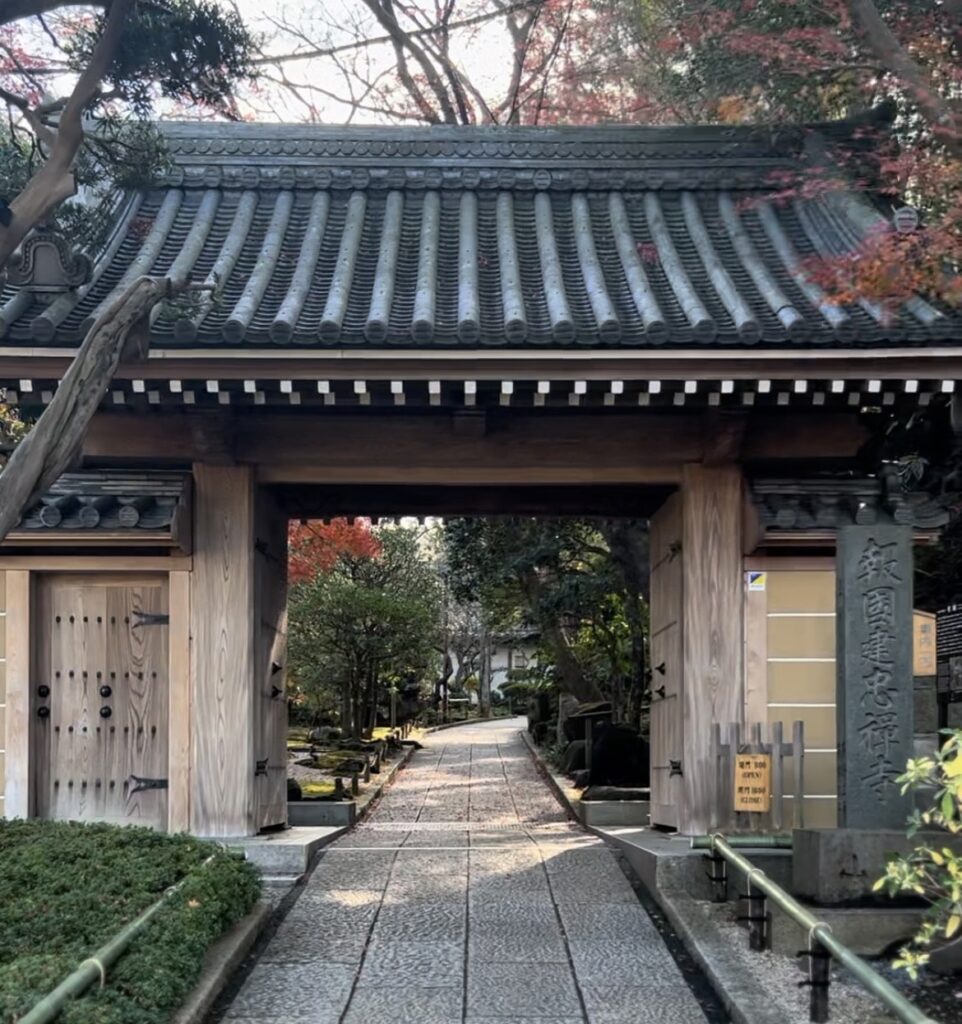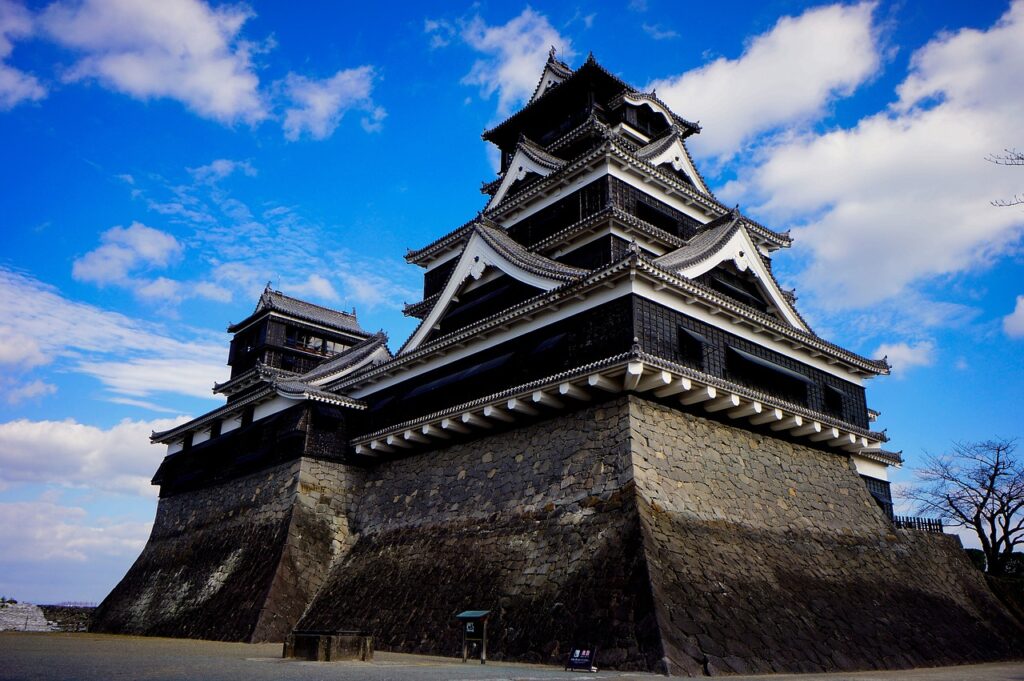Japanese historical architecture has captivated people around the world with its architectural beauty and is beloved by many. Japanese architecture has a diverse history from ancient times to the present, with unique architectural styles developing in each era. This time, we will introduce the historical transition of Japanese architecture and the characteristics of architectural styles in each era.
Asuka Period: The Dawn of Japanese Architecture

The Asuka period marks the earliest stage in the history of Japanese architecture. The architecture of this era began with the introduction of Buddhism, with Buddhist architecture becoming central. Temples such as Horyuji and Asukadera are representative buildings of this era. These structures symbolize the beauty of wooden architecture and the introduction of Buddhist art. (Image citation: Travel Book)
Nara Period: The Brilliance of Yamato Culture

The architecture of the Nara period was influenced by state Buddhism, with many grand temple constructions. The Great Buddha Hall of Todaiji and Kasuga Taisha are representative buildings of this era, showcasing the scale and technical prowess of Japanese architecture at the time. Nara period architecture, while influenced by China, developed its own unique style.
Heian Period: Architecture Reflecting the Essence of Aristocratic Culture

The Heian period was a time when aristocratic culture flourished, with Heiankyo (Kyoto) being the center. The architecture of this era is characterized by elaborate decorations and graceful style. Residential architecture of the Heian period, especially the mansions of the nobility, was designed with beautiful gardens, emphasizing harmony with nature. The Phoenix Hall of Byodoin, built during the Heian period, is very famous as a temple. Its most notable feature is that it is built on an island in a pond, reflecting its beautiful form in the water like a palace floating in the paradise's treasure pond.
Kamakura Period: The Beginning of the Samurai Era

With the rise of the samurai class in the Kamakura period, changes in architectural style were observed. The architecture of this era emphasized practicality and robustness, possessing a simple yet powerful beauty. The Great Buddha of Kamakura and many temples represent the architectural features of this era. Also, the residences and castles of the samurai became the prototypes of Japan's unique castle architecture.
Muromachi Period: Fusion of Muromachi Culture and Architecture

The Muromachi period saw cultural innovations, with new movements in architecture as well. The development of the tea ceremony culture led to the construction of tea rooms. The architecture of Zen temples, characteristic of this era, pursued simplicity and serene beauty. The construction of Noh stages symbolizes the fusion of Japanese traditional performing arts and architecture.
Azuchi-Momoyama Period: Extravagant Castle Architecture

The Azuchi-Momoyama period was the most glamorous era for Japanese castle architecture. During this tumultuous time, castles emphasized defensive features like moats, earthen walls, stone walls, and keeps. However, castles also served as symbols of power and wealth. Famous examples include Himeji Castle and Osaka Castle, whose grand and splendid appearance is still conveyed today. The castle architecture of this period possesses a unique beauty and impressiveness, making it particularly memorable in Japanese architecture.
Edo Period: Development of Commoner Culture and Architecture

The Edo period was a long era of peace, during which commoner culture flourished. Residential architecture such as townhouses and merchant houses developed during this time. Entertainment facilities like Kabuki theaters and many temple and shrine buildings are also characteristic of this era. Edo period architecture, combining practicality and beauty, established the uniqueness of Japanese architecture without foreign influence due to about 300 years of national isolation.
Summary
As introduced, the transition of Japanese architecture reflects the cultural, social, and political changes of each era. From the Asuka period to the Edo period, the evolution of Japanese architecture demonstrates Japan's unique aesthetic sensibilities and technological advancements.
Throughout these periods, Japanese architecture has maintained unique features such as harmony with nature, attention to material texture, and meticulous structures. These traditional elements continue to live on in modern Japanese architecture, with contemporary architects incorporating these elements with modern interpretations.
Thus, Japanese architecture reflects the cultural and social changes of its times, providing a deep understanding of Japan's history and culture. The unique beauty and techniques of architecture from each era continue to enchant people worldwide.



